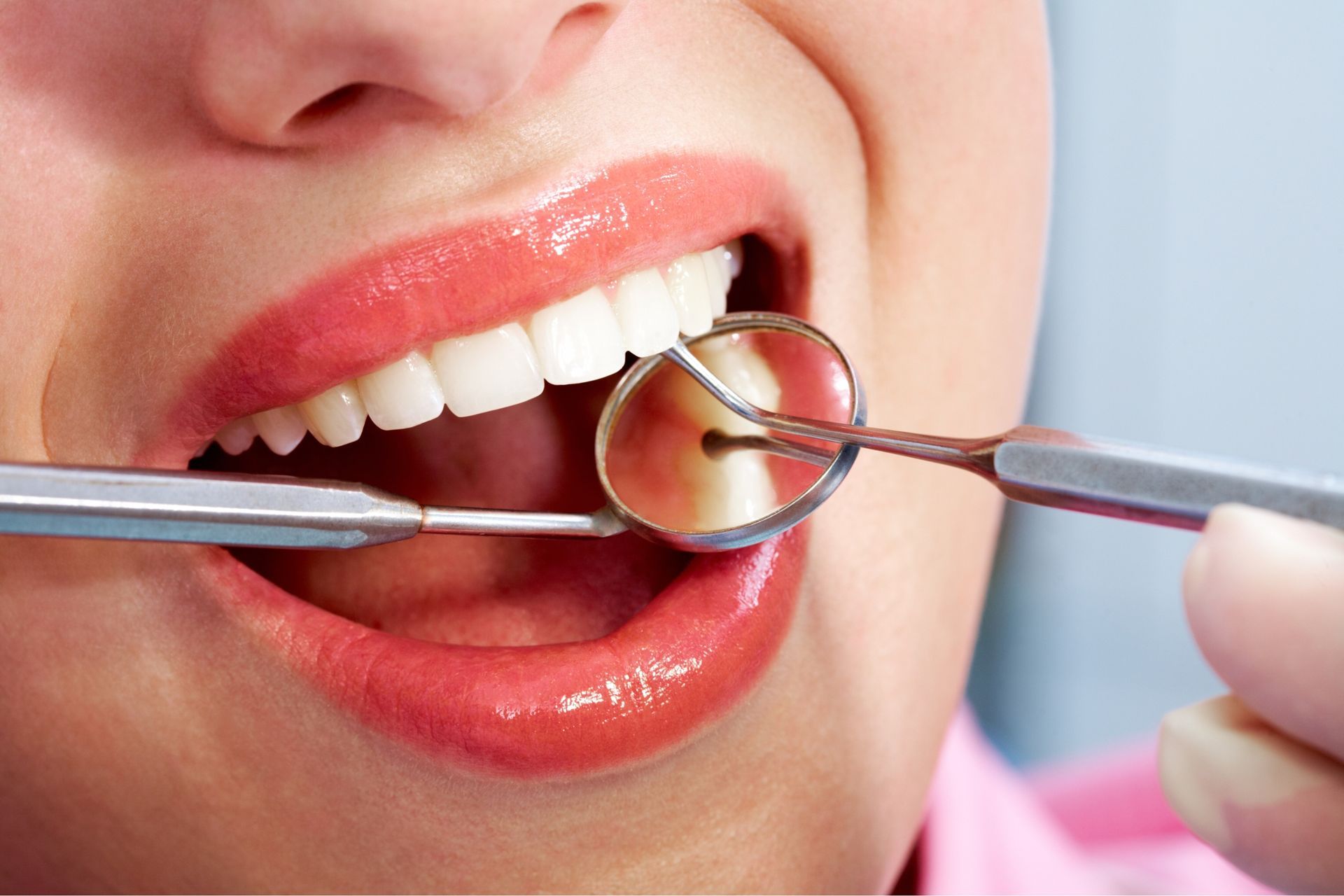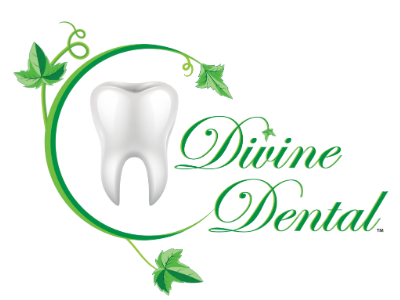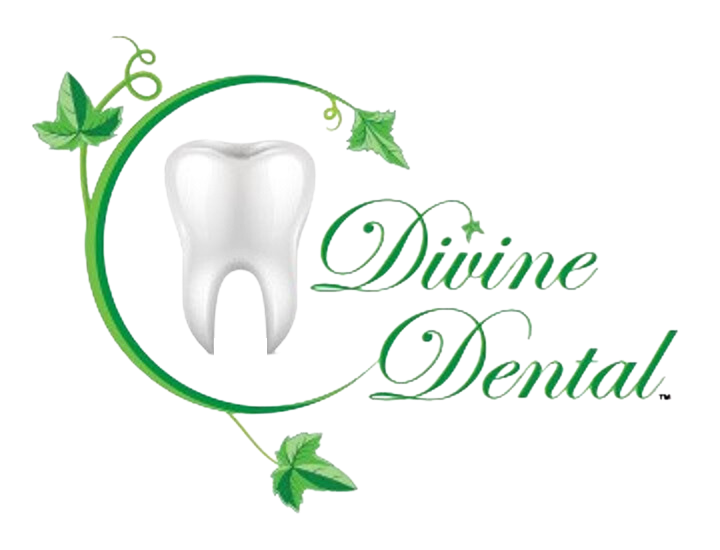Dental Sealants: Shielding Your Smile From Cavities And Decay
Are you tired of dealing with cavities and tooth decay? Dental sealants may be the solution you've been looking for. These thin coatings can protect your teeth from harmful bacteria and prevent the need for costly dental procedures. Learn more about the benefits of dental sealants and how they can help you maintain a healthy, cavity-free smile.
Maintaining good oral hygiene is essential for overall health, but sometimes brushing and flossing alone are not enough to prevent cavities. Dental sealants are a popular preventive measure that can provide an extra layer of protection for your teeth. They have become increasingly popular among both children and adults as a way to safeguard against tooth decay.
In this article, we will explore what dental sealants are, how they work, and why they are an effective tool in the fight against cavities. We will also address common concerns and misconceptions about dental sealants, helping you make an informed decision about whether they are right for you. Say goodbye to dental problems and hello to a healthier, happier smile with the help of dental sealants.
Definition of Dental Sealants
Dental sealants are a common preventive treatment used in dentistry to protect teeth from decay. These thin, plastic coatings are applied to the chewing surfaces of the back teeth, where decay often occurs. Sealants act as a barrier, preventing food and bacteria from settling into the grooves and crevices of the teeth. They are typically applied to the molars and premolars, as these teeth are more prone to decay due to their rough, uneven surfaces and difficulty in reaching with a toothbrush. Dental sealants are a simple, painless, and cost-effective way to help maintain good oral hygiene and prevent the need for more extensive dental work in the future.
Benefits of Using a Dental Sealant
Dental sealants offer numerous benefits for individuals seeking to maintain good oral health. Firstly, they are effective in preventing cavity formation by providing a protective barrier on the surface of the teeth, particularly on the molars and premolars where decay commonly occurs. This long-lasting protection can significantly reduce the risk of tooth decay and the need for costly dental treatments in the future. Additionally, the application of dental sealants is painless and non-invasive, making it an ideal preventive measure for individuals, including children who may be anxious about dental procedures.
Furthermore, the cost-effectiveness of dental sealants makes them a practical investment in oral health. By preventing cavities and the associated dental treatments, individuals can save money in the long run. Moreover, dental sealants aid in maintaining good oral hygiene by sealing out food particles and bacteria from the teeth, thus reducing the risk of plaque build-up and gum disease.

Deep Grooves in Permanent Molars
Deep grooves in permanent molars are a common feature that can pose a risk for oral health. These grooves, also known as fissures or pits, can easily trap food and bacteria, leading to tooth decay and cavities.
What are Deep Grooves?
Deep grooves refer to narrow, deep indentations or channels in a surface. They are characterized by their significant depth and relatively narrow width, often forming a V-shaped or U-shaped profile. These grooves can be found in natural formations such as canyons, gorges, and riverbeds, where erosion has carved deep channels into the earth's surface. In manufactured products, deep grooves can be seen in items like car tires, where the tread pattern features deep channels designed to improve traction and grip on various road surfaces.
Another example is the grooves on vinyl records, which are etched into the surface to encode the audio information. These grooves are carefully designed to achieve optimal sound quality. In both natural and manufactured instances, deep grooves serve specific functions, whether it's for water flow and erosion control in nature or for traction and audio reproduction in products. These physical features play an important role in their respective environments.
Impact of Deep Grooves on Tooth Decay Risk
Deep grooves in the teeth can significantly increase the risk of tooth decay. Oral bacteria can easily become trapped in these grooves, feeding on food particles and producing acids that corrode the tooth enamel. As a result, the enamel becomes weakened, making it more susceptible to decay.
Regular brushing and flossing may not be enough to effectively clean these deep grooves, leaving them vulnerable to bacterial buildup and acid production. This is where dental sealants come in. Dental sealants are a protective coating that can be applied to the surface of the teeth, filling in the deep grooves and creating a smoother, easier-to-clean surface. This makes it more difficult for oral bacteria to accumulate and produce decay-causing acids, thus reducing the risk of tooth decay.
How to Identify Deep Grooves on Teeth Surface
To identify deep grooves on the surface of teeth, it is essential to closely examine the molars and premolars for intricate grooves and fissures. These deep grooves can trap food particles and bacteria, making them challenging to clean effectively. As a result, these areas are particularly vulnerable to cavities, as the trapped food and bacteria can lead to decay and the buildup of plaque.
When examining the teeth, look for areas with deep grooves and fissures that are difficult to clean with regular brushing and flossing. These areas are hotspots for bacteria to thrive and can significantly increase the risk of developing cavities.
Identifying these deep grooves is crucial to prevent decay and the buildup of plaque and bacteria. By identifying these vulnerable areas, proper preventive measures, such as dental sealants or targeted cleaning techniques, can be utilized to protect the teeth from cavities and decay.
Treatment Options for Cavities and Decay Prevention
Cavities and tooth decay are common dental issues that can lead to discomfort and serious oral health problems if left untreated. Fortunately, there are various treatment options for existing cavities as well as preventative measures to help reduce the risk of decay. From traditional fillings to advanced techniques like dental sealants and fluoride treatments, there are several options available to address cavities.
Additionally, there are several effective decay prevention strategies that can help maintain good oral health over time. By implementing proper oral hygiene practices, making healthy dietary choices, and attending regular dental check-ups, individuals can significantly reduce their risk of developing cavities and tooth decay.
How to Strengthen Tooth Surface Naturally
To naturally strengthen the tooth surface, maintaining good oral hygiene is essential. This includes brushing at least twice a day, flossing daily, and using an antiseptic mouthwash. A balanced diet rich in calcium and phosphorus is also crucial for maintaining strong teeth. Foods like dairy products, leafy greens, and almonds can provide these essential nutrients.
It is also important to avoid acidic foods and beverages as they can erode the tooth enamel, leading to weakened teeth. Using fluoride toothpaste can also help to strengthen the tooth surface by remineralizing the enamel and making it more resistant to decay.
In addition to these natural methods, considering dental sealants can provide added protection for the tooth surface. Dental sealants are a thin protective coating applied to the chewing surfaces of the back teeth to protect them from decay.
By incorporating these natural methods into your oral care routine, you can help strengthen the tooth surface and maintain healthy, strong teeth for years to come.
The Use of High-Quality Dental Sealant Services in Children
High-quality dental sealant services offer numerous benefits for pediatric patients. These sealants are an effective way to prevent cavities and staining in children's teeth, providing a protective barrier against harmful bacteria and acids. By applying sealants to the molars and premolars, dentists can minimize the risk of tooth decay and maintain the overall oral health of young patients.
The dental sealant procedure for children is quick, painless, and highly effective. The dentist will clean and dry the teeth before applying the sealant material, which is then hardened with a special light. This process usually takes just a few minutes per tooth, making it convenient for both the child and the parent.
One of the most advantageous features of dental sealants is their longevity. They can last for up to three years in a child's mouth, providing extended protection against cavities and the need for additional dental treatment. This makes sealants a cost-effective and long-lasting solution for maintaining a child's oral health.
Benefits of Children With and Without Sealed Teeth
Dental sealants are a highly effective way to prevent cavities in children, providing long-lasting protection and aiding in oral hygiene. For children with sealed teeth, the sealants create a protective shield over the tooth's enamel, reducing the risk of decay and cavities. This can ultimately save families time and money by avoiding costly dental treatments. Additionally, sealed teeth are easier to clean, as the smooth surface of the sealant prevents food and bacteria from getting stuck in the crevices of the teeth.
For children without sealed teeth, dental sealants offer significant protection against cavities, especially during the cavity-prone years. Applying sealants at an early age can provide a barrier against decay, ensuring that children maintain optimal oral health as they grow. This early intervention can potentially prevent the need for more invasive dental treatments in the future.
Overall, dental sealants offer numerous advantages for children, including cavity prevention, long-lasting protection, and improved oral hygiene. Applying sealants at an early age can provide significant protection during the cavity-prone years, ultimately promoting better dental health for children.
Potential Risks and Complications from Untreated Tooth Decay
Tooth decay is a common dental issue that occurs when bacteria in the mouth produce acid that damages the enamel of the teeth. If left untreated, tooth decay can lead to a variety of potential risks and complications that can negatively impact your oral and overall health. These risks and complications can range from minor discomfort to more serious health problems, making it important to address tooth decay as soon as it is detected. It is crucial to be aware of the potential consequences of untreated tooth decay in order to prioritize preventative care and seek prompt treatment from a dental professional.
Increased Risk for Tooth Loss or Damage from Decay
Tooth decay poses an increased risk for tooth loss or damage, leading to potentially severe consequences if left untreated. Factors such as poor oral hygiene, high sugar and acid intake, and lack of regular dental visits contribute to this increased risk. When tooth decay is left untreated, it can lead to the destruction of tooth enamel, causing cavities to form and ultimately leading to infections that may require tooth extraction.
Prompt treatment of tooth decay is crucial to prevent further damage and potential tooth loss. Seeking dental care at the earliest signs of decay can help prevent the need for invasive procedures such as root canals or tooth extractions. It can also save the natural tooth structure, preserving overall oral health and preventing the need for costly and invasive dental treatments.
Addressing tooth decay promptly is essential for maintaining a healthy smile and preventing the risk of tooth loss. By maintaining good oral hygiene practices, limiting sugar intake, and seeking regular dental check-ups, individuals can minimize the risk of tooth decay and its potential consequences.
Systemic Health Issues that May Develop with Untreated Tooth Decay
Untreated tooth decay can lead to various systemic health issues, including an increased risk of heart disease, diabetes, respiratory infections, and pregnancy complications. The bacteria from tooth decay can enter the bloodstream through inflamed gums or dental infections, affecting other parts of the body and potentially leading to these health issues. Once in the bloodstream, the bacteria can travel to the heart, causing inflammation and increasing the risk of cardiovascular diseases. Additionally, the bacteria can affect blood sugar levels, worsening diabetes symptoms. Respiratory infections can also occur due to the bacteria being inhaled into the lungs. For pregnant women, untreated tooth decay can lead to an increased risk of premature birth or low birth weight.
The potential complications of untreated tooth decay on overall systemic health highlight the importance of preventive dental care and regular check-ups. It is crucial to address tooth decay early to prevent the spread of bacteria and reduce the risk of developing these serious health issues. Regular dental visits, good oral hygiene, and early treatment of tooth decay are essential for maintaining both oral and systemic health.
Link Between Oral Health and Overall Wellbeing
Oral health is closely linked to overall wellbeing, as poor oral health can contribute to various systemic health issues. Dental sealants play a crucial role in reducing the risk of tooth decay by protecting the grooves and pits of the teeth from food particles and bacteria that can lead to cavities. By sealing these vulnerable areas, dental sealants promote better oral hygiene practices and help maintain optimal oral health.
Improved oral health contributes to a person's overall health and wellness by reducing the risk of systemic diseases such as heart disease, diabetes, and respiratory infections. Additionally, good oral health can also enhance self-esteem and mental well-being, as it allows individuals to speak, eat, and socialize without discomfort or embarrassment.
Preventive dental care, including regular dental check-ups and the application of dental sealants, is essential in maintaining good oral health and preventing dental problems. By addressing issues early on, individuals can avoid more invasive and costly dental procedures in the future.
Prevention is Better than Repairing the Damage Done to Teeth by Decay
Preventive dentistry plays a crucial role in maintaining good oral health. One key aspect of preventive dentistry is the use of dental sealants to protect teeth from decay. Dental sealants are thin, plastic coatings that are applied to the chewing surfaces of the back teeth to shield them from cavities and decay.
Dental sealants work by forming a protective barrier over the enamel, preventing food and bacteria from getting trapped in the grooves of the teeth. This helps to reduce the risk of tooth decay by 80% in the first two years after application, and by 60% for up to four years.
The benefits of dental sealants are significant in preventing the need for more invasive and costly dental procedures. By providing a protective shield against cavities, dental sealants can help avoid the development of tooth decay, which in turn reduces the likelihood of needing fillings, root canals, or crowns.
For those seeking to protect their teeth from cavities and decay, our dental clinic offers dental sealants as an effective preventive measure. Dental sealants are thin, protective coatings applied to the chewing surfaces of the back teeth (molars), which are most susceptible to decay. Here's what you can expect and how you can access this service:
Application Process for Dental Sealants:
- Cleaning: Each tooth is thoroughly cleaned to ensure that no debris or plaque interferes with the sealant.
- Preparation: The tooth surface is then prepared with a special solution to help the sealant bond effectively.
- Application: The sealant is carefully painted onto the enamel of the teeth where it bonds directly and hardens. This process is quick and painless, often taking only a few minutes per tooth.
- Curing: A special curing light is used to harden the sealant, securing it in place and providing a durable barrier against bacteria and food particles.
When to Consider Dental Sealants:
- Ideal Candidates: While commonly recommended for children and teenagers as their molars emerge, adults without fillings or decay can also benefit from sealants.
- Not Recommended: Sealants should not be applied to teeth that already show signs of decay or have fillings, as this could potentially trap decay underneath the sealant.
Maintenance and Longevity:
- Durability: Sealants typically last from five to ten years with proper care, though they should be checked regularly during routine dental visits to ensure they remain intact.
- Reapplication: If a sealant wears down, it can be reapplied to continue protecting the tooth from cavities.
Safety and Considerations:
- BPA Concerns: Concerns about BPA (bisphenol A) in dental sealants exist, but the amounts are minimal and generally considered safe. Many modern sealants are completely BPA-free, offering a safe option for all patients.

Conclusion
In conclusion, dental sealants are an effective and cost-efficient way to protect your teeth from cavities and decay. They provide a layer of protection that is resistant to bacteria, acids, and other substances that can cause damage to tooth enamel. Furthermore, they can be applied quickly and easily by a dentist or dental professional, making them convenient for patients who may not have the time or money to go through more extensive treatments. With proper maintenance and regular care, dental sealants can last for many years and help ensure your smile stays healthy and strong.



